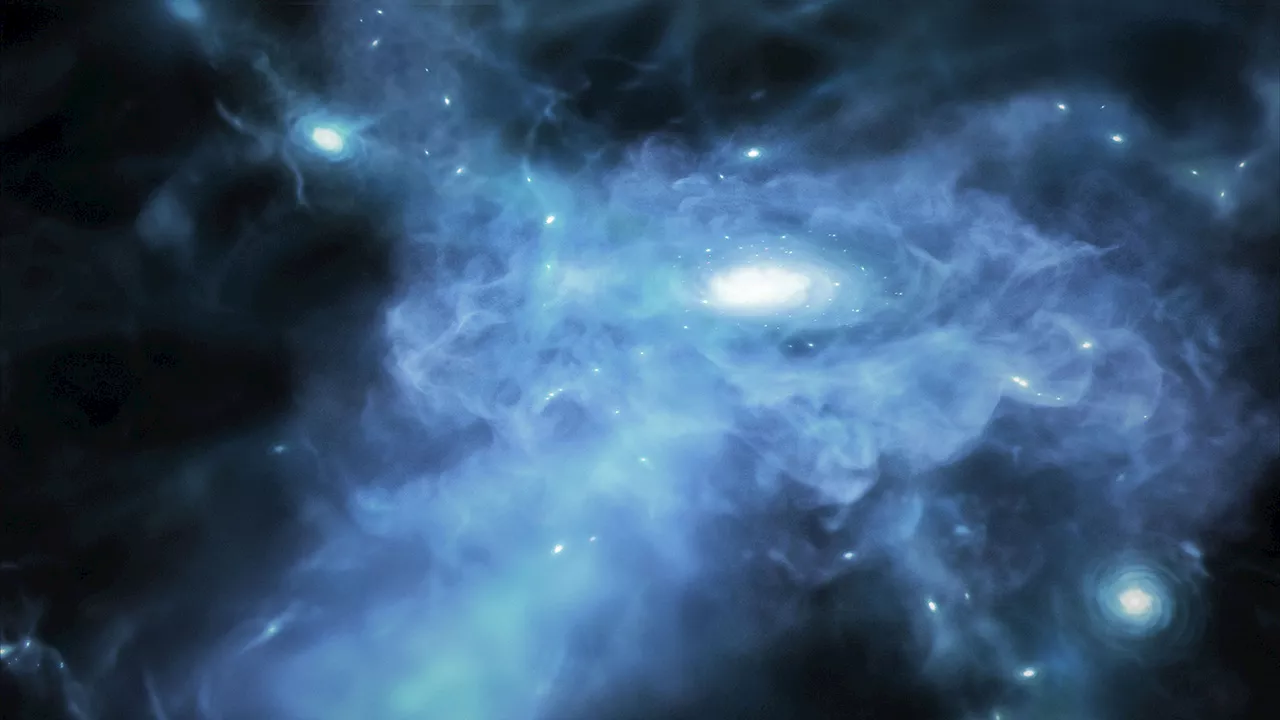For the first time, researchers have observed the birth of three of the universe's earliest galaxies, thanks to the James Webb Space Telescope.
This historic discovery by the James Webb Space Telescope shows the formation of some of the universe’s first galaxies, offering new clues about our cosmic origins.Researchers at the Niels Bohr Institute have witnessed the birth of three of the universe’s earliest galaxies, dating back approximately 13.3 to 13.4 billion years.
The discovery, the first of its kind, was made using the James Webb Space Telescope, which provided the ‘live observations’ of the galaxy formation back in the earliest days of the universe. Through the telescope’s advanced capabilities, researchers observed signals from enormous gas clouds accreting onto a mini-galaxy as it was forming.
While theoretical models and computer simulations have long suggested this is how galaxies are built, this phenomenon had never been directly observed before., highlighted the significance of this achievement. “You could say that these are the first ‘direct’ images of galaxy formation that we’ve ever seen,” Heintz said in a University of Copenhagen.
The researchers estimate that the formation of these three galaxies occurred roughly 400 to 600 million years after the Big Bang, the explosive event that marks the universe’s beginning.Following the Big Bang, the universe was an opaque cloud of hydrogen atoms. Over the subsequent few hundred million years, the first stars formed and eventually coalesced into galaxies.
The birth of these galaxies occurred during a pivotal era in cosmic history known as the Epoch of Reionization, when the opacity of the initial hydrogen cloud began to clear, letting energy and light pass through. The James Webb Space Telescope’s infrared sensors enabled researchers to finally see these massive clouds of cold, neutral hydrogen gas, making this the most distant measurement of its kind to date, and even pushing up against the limits of what it will ever be possible to see.
South Africa Latest News, South Africa Headlines
Similar News:You can also read news stories similar to this one that we have collected from other news sources.
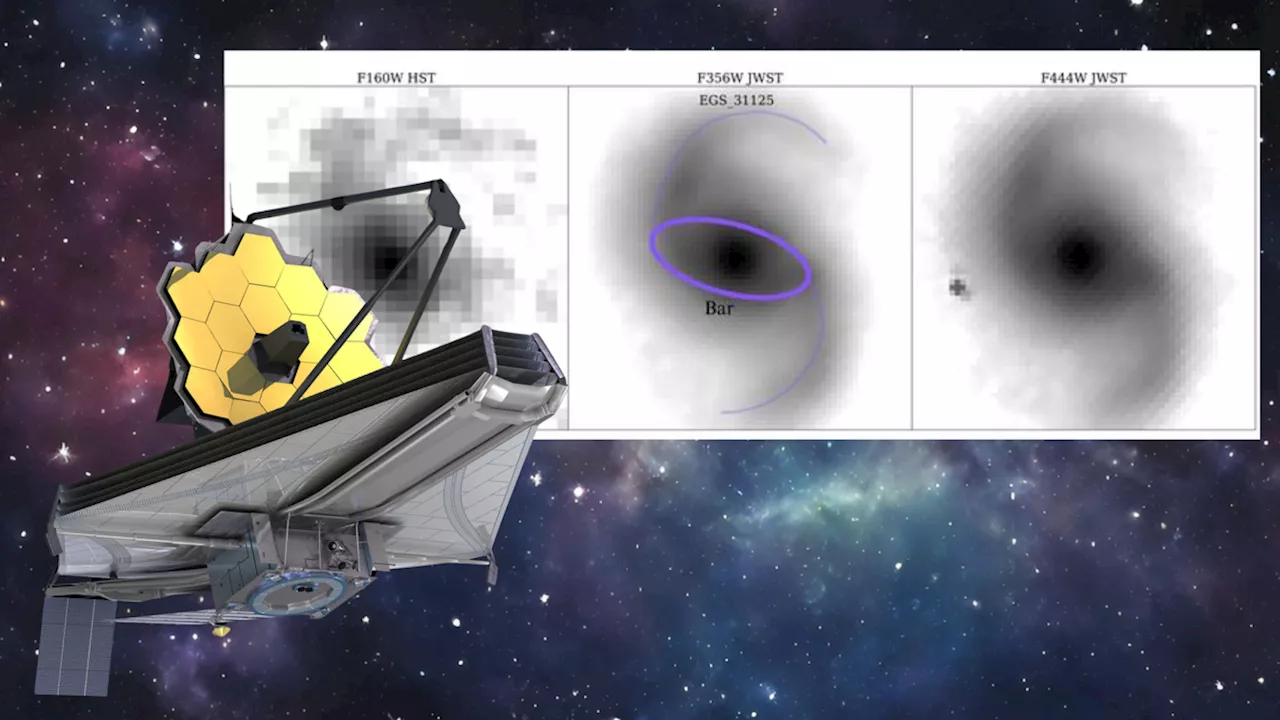 James Webb Space Telescope discovers some early universe galaxies grew up surprisingly fastRobert Lea is a science journalist in the U.K. whose articles have been published in Physics World, New Scientist, Astronomy Magazine, All About Space, Newsweek and ZME Science. He also writes about science communication for Elsevier and the European Journal of Physics. Rob holds a bachelor of science degree in physics and astronomy from the U.K.
James Webb Space Telescope discovers some early universe galaxies grew up surprisingly fastRobert Lea is a science journalist in the U.K. whose articles have been published in Physics World, New Scientist, Astronomy Magazine, All About Space, Newsweek and ZME Science. He also writes about science communication for Elsevier and the European Journal of Physics. Rob holds a bachelor of science degree in physics and astronomy from the U.K.
Read more »
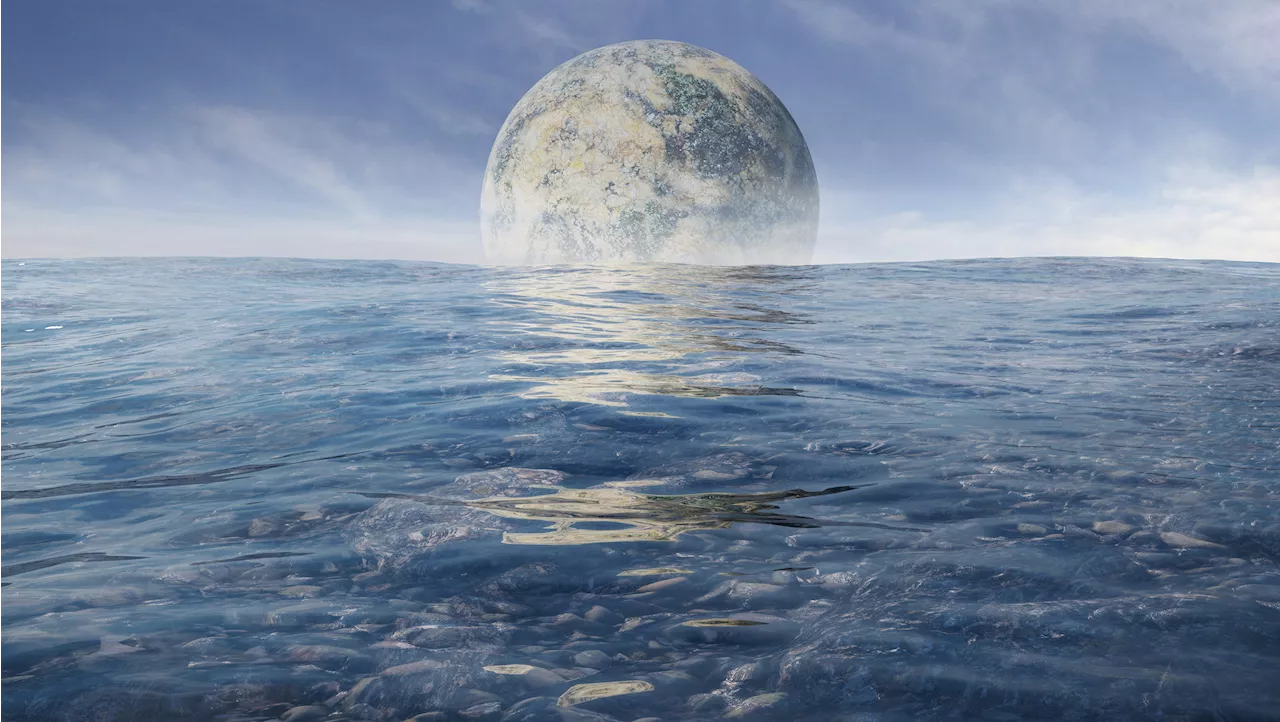 SETI scientist claims James Webb is about to discover alien lifeA SETI scientist says she expects James Webb to make a groundbreaking discovery about alien life in the next couple of years.
SETI scientist claims James Webb is about to discover alien lifeA SETI scientist says she expects James Webb to make a groundbreaking discovery about alien life in the next couple of years.
Read more »
 James Webb captures the edge of the beautiful Horsehead NebulaA new image from the James Webb Space Telescope shows the sharpest infrared view to date of a portion of the famous Horsehead Nebula.
James Webb captures the edge of the beautiful Horsehead NebulaA new image from the James Webb Space Telescope shows the sharpest infrared view to date of a portion of the famous Horsehead Nebula.
Read more »
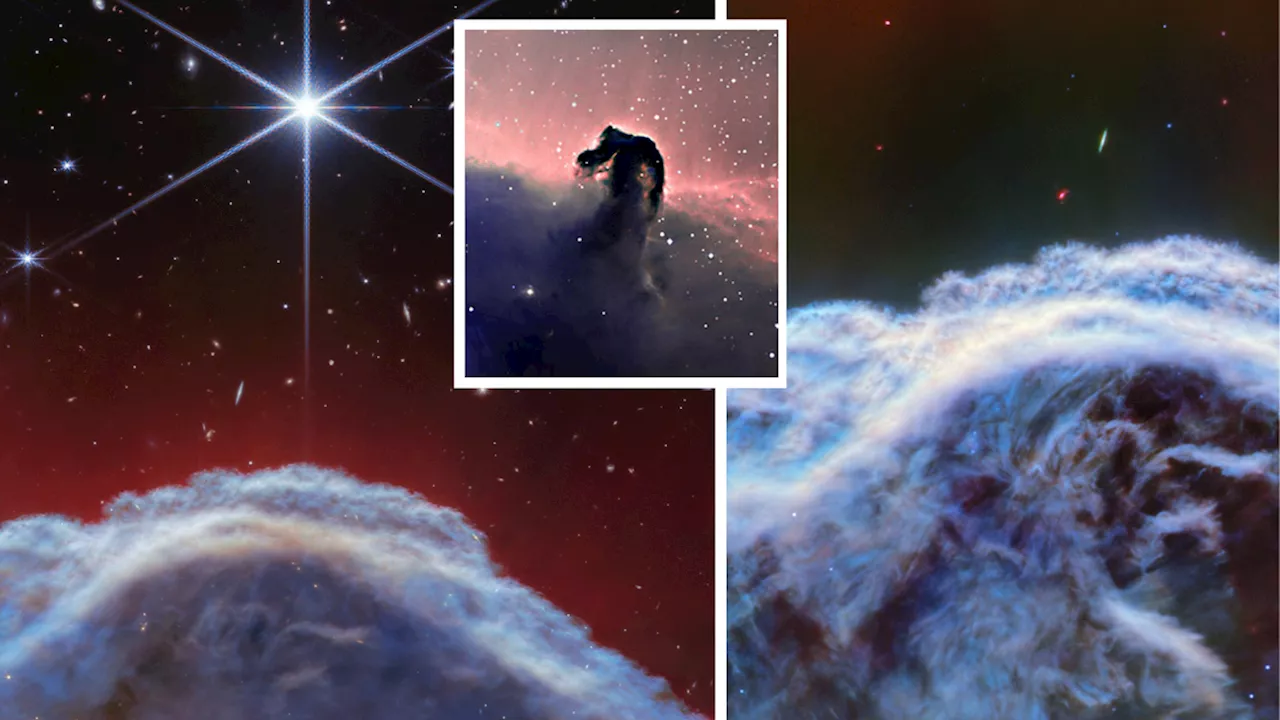 Horsehead Nebula rears its head in gorgeous new James Webb Space Telescope images (video)Robert Lea is a science journalist in the U.K. whose articles have been published in Physics World, New Scientist, Astronomy Magazine, All About Space, Newsweek and ZME Science. He also writes about science communication for Elsevier and the European Journal of Physics. Rob holds a bachelor of science degree in physics and astronomy from the U.K.
Horsehead Nebula rears its head in gorgeous new James Webb Space Telescope images (video)Robert Lea is a science journalist in the U.K. whose articles have been published in Physics World, New Scientist, Astronomy Magazine, All About Space, Newsweek and ZME Science. He also writes about science communication for Elsevier and the European Journal of Physics. Rob holds a bachelor of science degree in physics and astronomy from the U.K.
Read more »
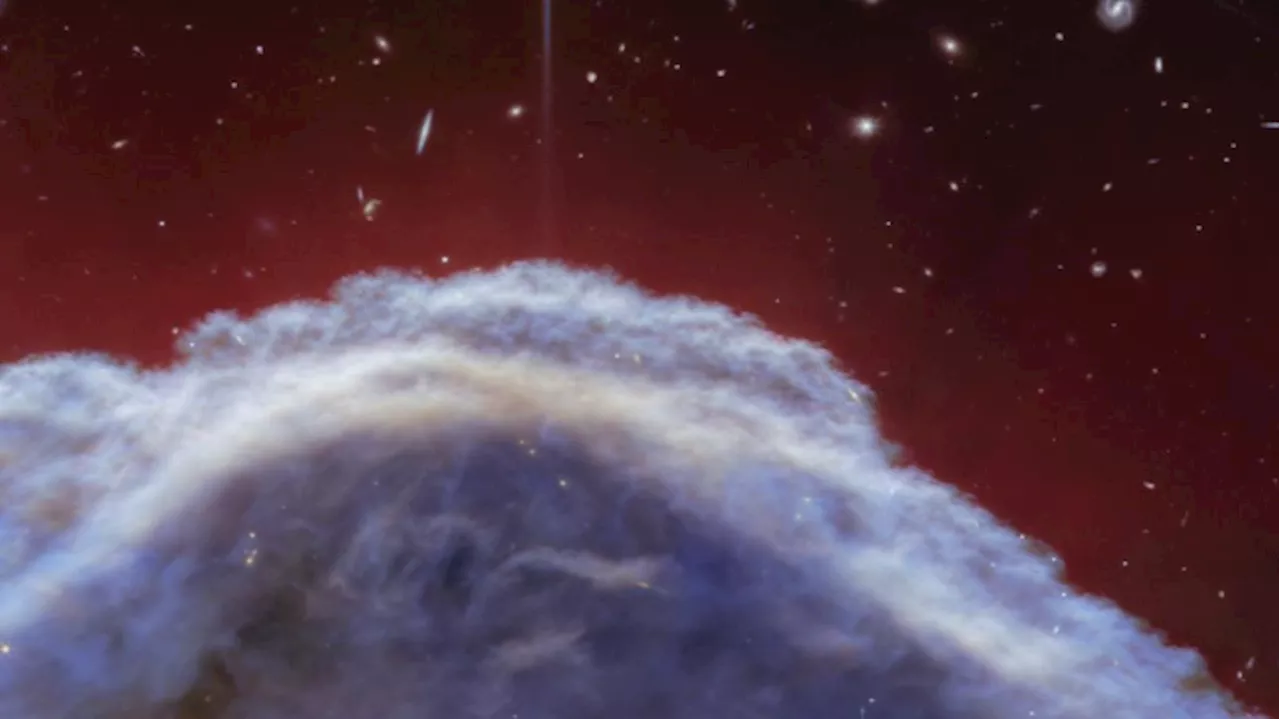 James Webb telescope reveals fiery 'mane' of the Horsehead Nebula in spectacular new imagesBen Turner is a U.K. based staff writer at Live Science. He covers physics and astronomy, among other topics like tech and climate change. He graduated from University College London with a degree in particle physics before training as a journalist.
James Webb telescope reveals fiery 'mane' of the Horsehead Nebula in spectacular new imagesBen Turner is a U.K. based staff writer at Live Science. He covers physics and astronomy, among other topics like tech and climate change. He graduated from University College London with a degree in particle physics before training as a journalist.
Read more »
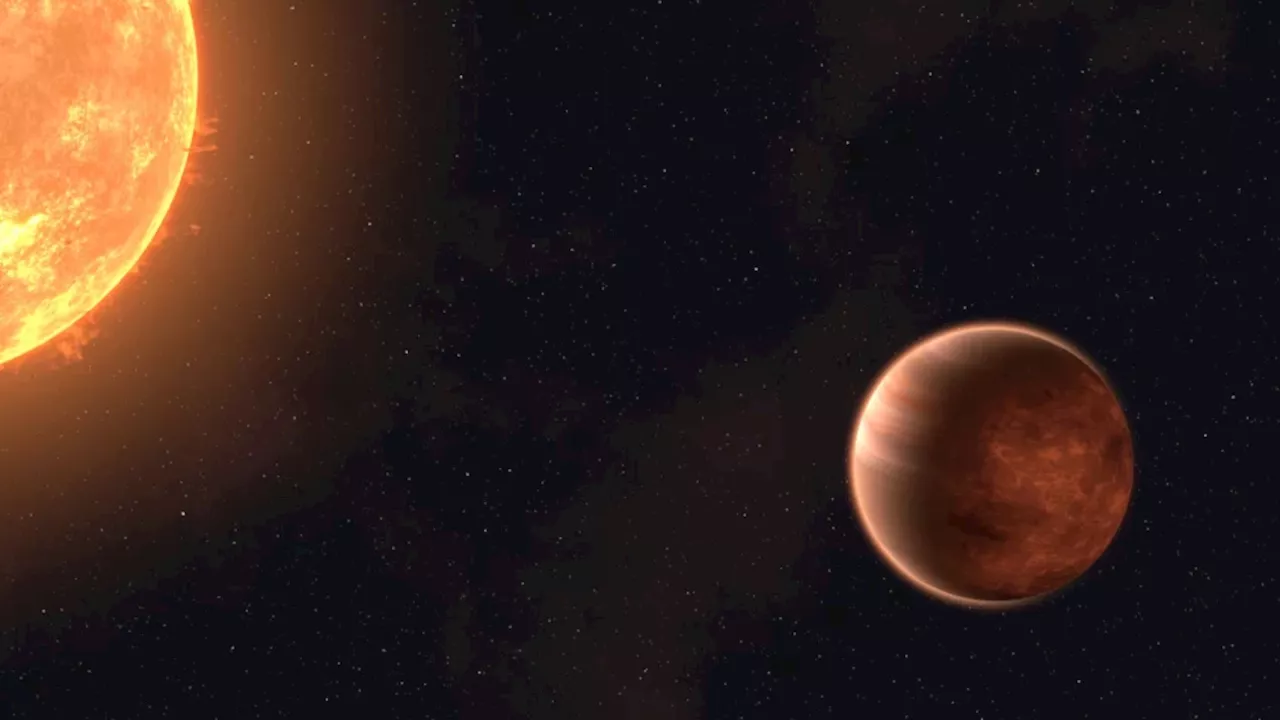 James Webb Space Telescope forecasts clouds of melted rock on this blisteringly hot exoplanetRobert Lea is a science journalist in the U.K. whose articles have been published in Physics World, New Scientist, Astronomy Magazine, All About Space, Newsweek and ZME Science. He also writes about science communication for Elsevier and the European Journal of Physics. Rob holds a bachelor of science degree in physics and astronomy from the U.K.
James Webb Space Telescope forecasts clouds of melted rock on this blisteringly hot exoplanetRobert Lea is a science journalist in the U.K. whose articles have been published in Physics World, New Scientist, Astronomy Magazine, All About Space, Newsweek and ZME Science. He also writes about science communication for Elsevier and the European Journal of Physics. Rob holds a bachelor of science degree in physics and astronomy from the U.K.
Read more »
